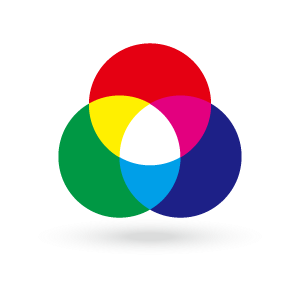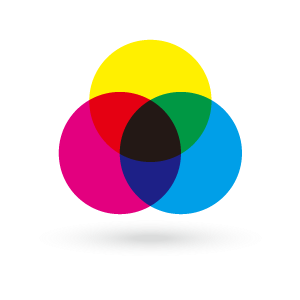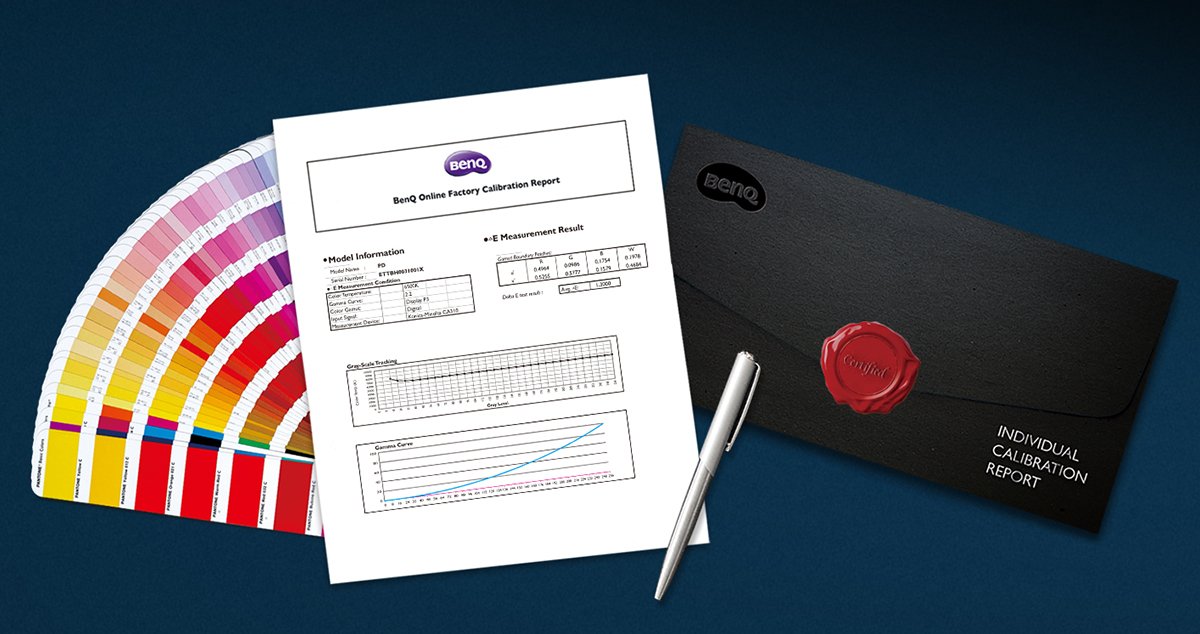Now, that might sound like a bit of a personal question, but it has to be asked. You want the best color, don’t you? Trust us, we have your best interests at heart.
Color gamut is a measurement of the various levels of colors that can potentially be displayed by a device. As we mentioned in our Color Space 101 Knowledge Center post, there are actually two types of color gamuts, additive and subtractive.
Additive refers to the color that is generated by mixing together
colored light to generate a final color. This is the style used by computers, televisions and other devices. It is more often referred to as
RGB based on the red, green and blue light used to generate the colors. In additive color, R, G and B combine to make white.





